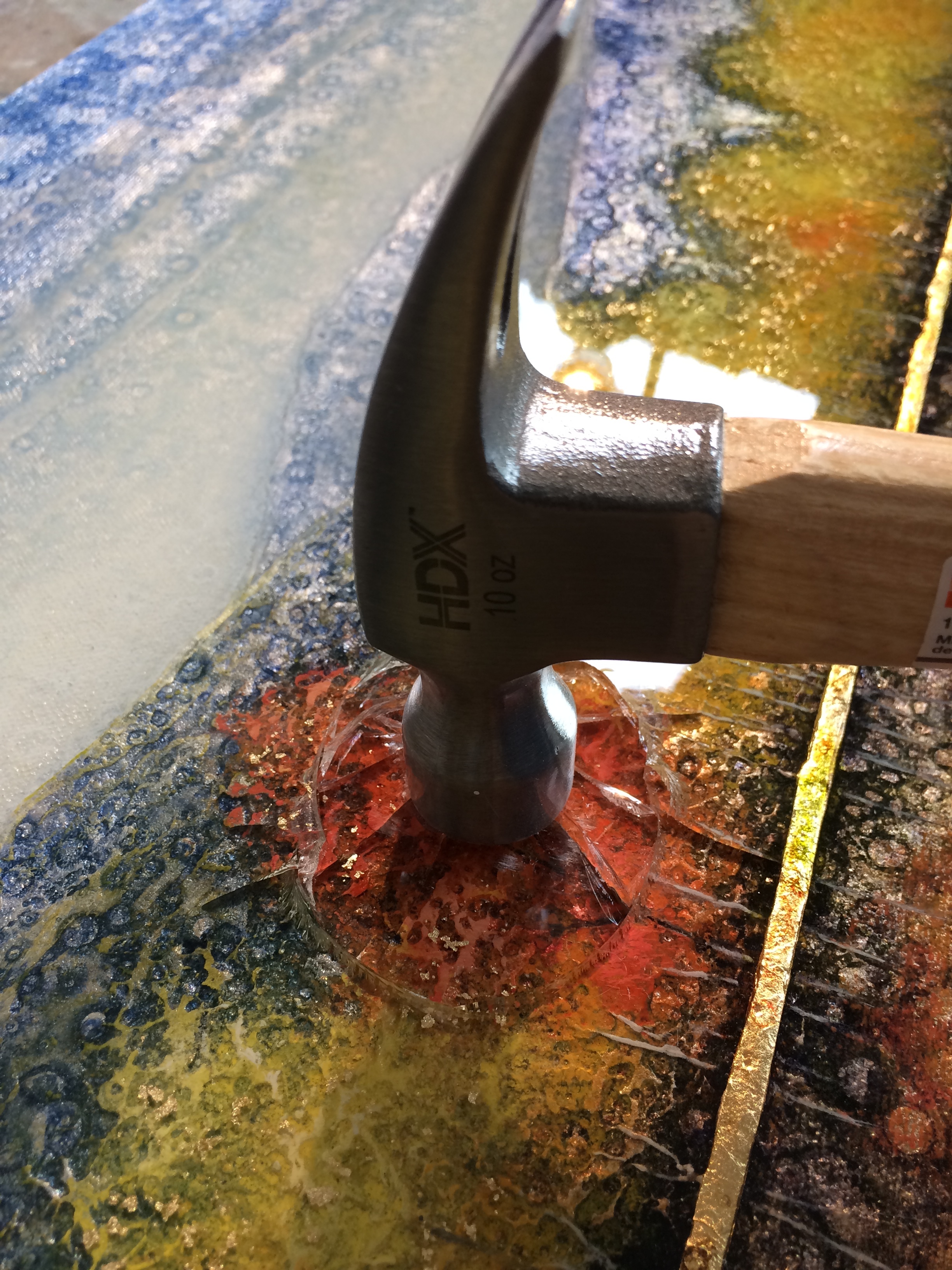After the school shootings at Parkland, Florida and after watching a horrid video (that hit really close to home) showing a black man being totally brutalized by a local white police officer, several of my artist friends were talking and trying to process our grief and rage. This should not be normal. None of this should be normal. As the conversation progressed, we decided we needed to use our artistic voice to challenge our society to call that society to think and reason. This has turned into a multi-venue exhibition of art called "Trigger Warning".
As I said in my earlier blog about this, I wondered what I could do (as a landscape painter) to say something strong about this whole subject (because that's what it deserves). I really felt completely perplexed. But then in the early hours of the morning, the idea regarding what I had to do came to me.
Rather than wax on about what I wanted to say with this, I would like very much to know how it affects you, the reader/viewer. I have not titled this piece. What would you title it? Does this piece bring up any thoughts, emotions or questions? I'd really, seriously like to know. This was one of the most difficult paintings I've ever done (knowing what I was going to do to it to make it say what I wanted it to say). I would be very curious what exactly it's saying to you. Sincere thanks!

















